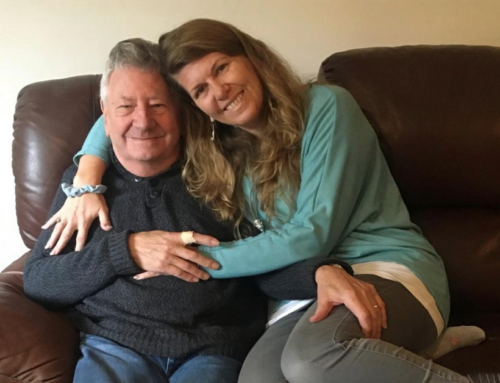What do these people all have in common: Mother Theresa, Jimmy Saville, Florence Nightingale, Pol Pot, Myra Hindley, and Martin Luther King?
The answer is that they are all common subjects of what psychologists call the Halo Effect, a bias which means our judgements of a person’s character or actions are informed by the impression we have of them.
The impact of the Halo Effect
When we think of someone ‘bad’, it’s very difficult to see any good in them at all. Yet even Adolf Hitler, often epitomised as the ultimate in evil, was a vegetarian, an antivivisectionist and apparently loved children. This happens in reverse, too. When the newspapers are trying to ‘dig some dirt’ on an admired figure, they may struggle not only to find evidence, but to find an audience prepared to hear it.
The Halo Effect doesn’t just apply to historical figures and celebrities. As we go about our daily lives, spending time with old friends, meeting new people, working with colleagues and chatting with family members, our subconscious mind is assimilating and sorting information about these people, which can have a big effect on the way we think about them, feel about them and act towards them.
Our bias in action
So why do we do this? Why does this bias exist? We meet so many people and come across so many experiences every day that our brain needs to organise all the new information very quickly. If we meet or hear about someone new, we open a new mental ‘file’ on them, and fill it quickly with our first impressions. As the file grows fatter with each encounter, our brain doesn’t have time to go through each entry in the file and creates a ‘good/bad’ shortcut which affects the importance we put on any other evidence adding to it.
Remember how easy it was, as a child, to make a monster out of a coat hanging on the wardrobe in the darkness of the bedroom? 
Subtle signs of conflict ahead…
One of the seven signs that we may be at War (or in conflict) is to notice when we are demonising the person we are in conflict with, i.e. that we are finding it very hard to recognise any good parts of their character, and we are collecting and magnifying the parts that we disapprove of. This is the Halo Effect in action. Essentially, we have created a short-cut opinion: their behaviour + what I’ve heard others say + my fear = monster.
A good way to spot this is to catch yourself moaning about the person concerned – what ‘evidence’ are you giving about their behaviour? Are you seeking allies in helping you find further stories to prove you right? Are you listening out for the ‘creaking pipe’ to make you more certain of your assumptions? What would happen to the conversation if your story was countered with an example of something good the person had done? Would you listen?
In order to see the true face of the ‘monster’, we have to switch on the light and see where the real outline ends and our fears and assumptions begin.
Over to you
Is there someone in your life that you have turned into a monster? What’s one way you could switch on the light?
Could you, or someone you know, benefit from War to Peace®?
If you, or someone you know, could benefit from learning more about how to remain effective and untriggered at work and at home, consider War to Peace®. These workshops can be held in your workplace and away from it. Spaces for our next public course that anyone may attend can be booked here:






Leave A Comment